In circuitry, there is always inputs in circuits (for example: input A and B into an AND gate), but what exactly allows these inputs to switch states?
I think the best way to illustrate what I have in mind is the following:

Where basic is the input to the device
I can see how a person can switch the pivot between high and low but clearly that is not the case for electronics. In essence I am curious what the Basic (the most fundamental device possible) is. At the moment my best guess is it has something to do with the clock but I cannot expand on that idea.
I believe what I am describing is a device that takes in no physical input signals but outputs either a high or low depending on what is asked of it. And yes I understand that is an input in it's own sense.
I have experience with coding down to assembly language and the basics of computer architecture just for reference.
EDIT:
changing my notation of "base" to "Basic" to avoid confusion with transistors.
Also the command to change high or low is coming from code (for example digitalWrite(pin1, HIGH) in arduino)
EDIT 2:
My metaphor to what I am thinking. A person is using an old school computer with mechanical switches to manually enter any signals that are needed for the computer to do something. The person in this case is the switch in figure 2 and I am curious what is the modern day equivalent for this person

